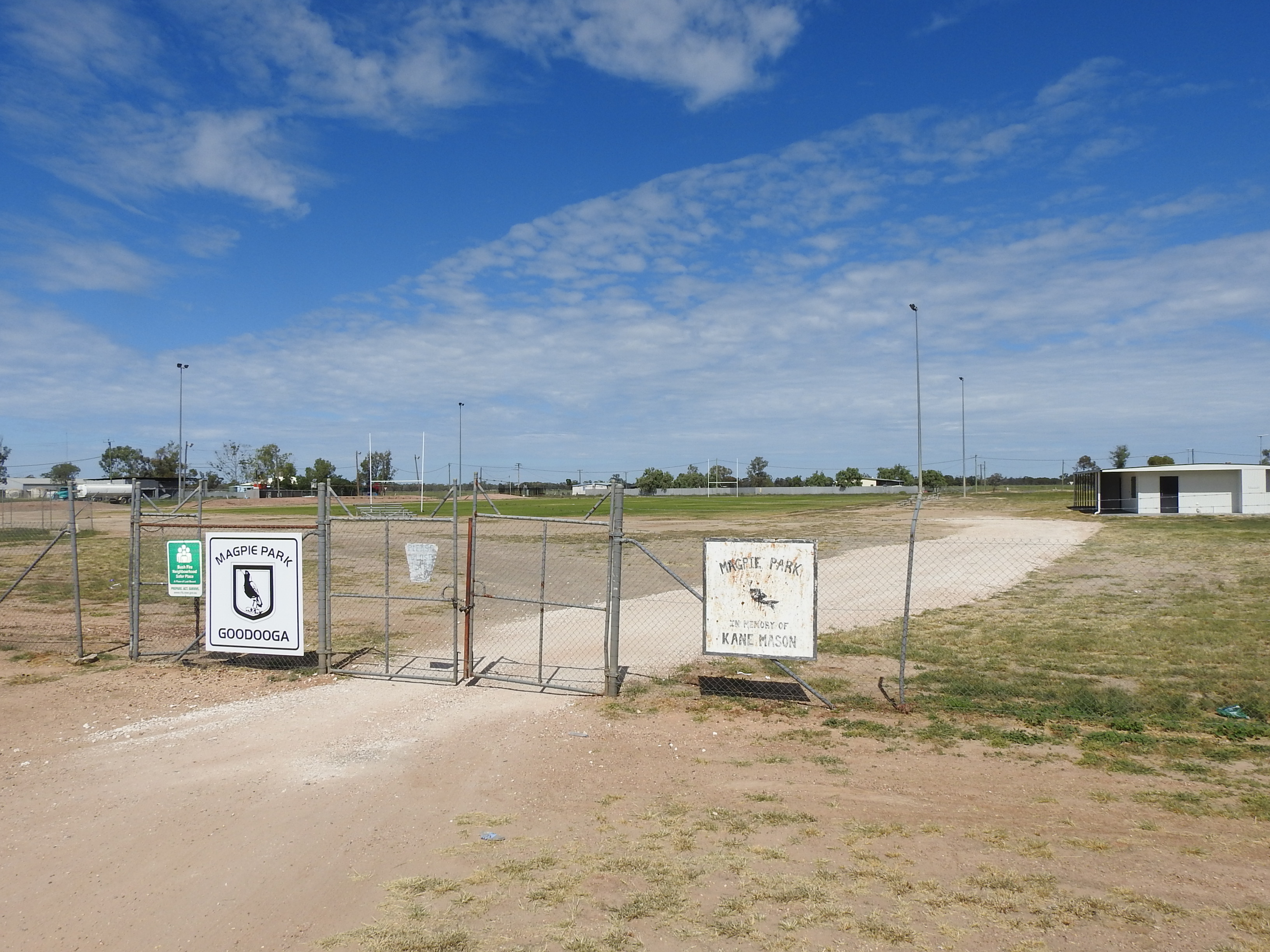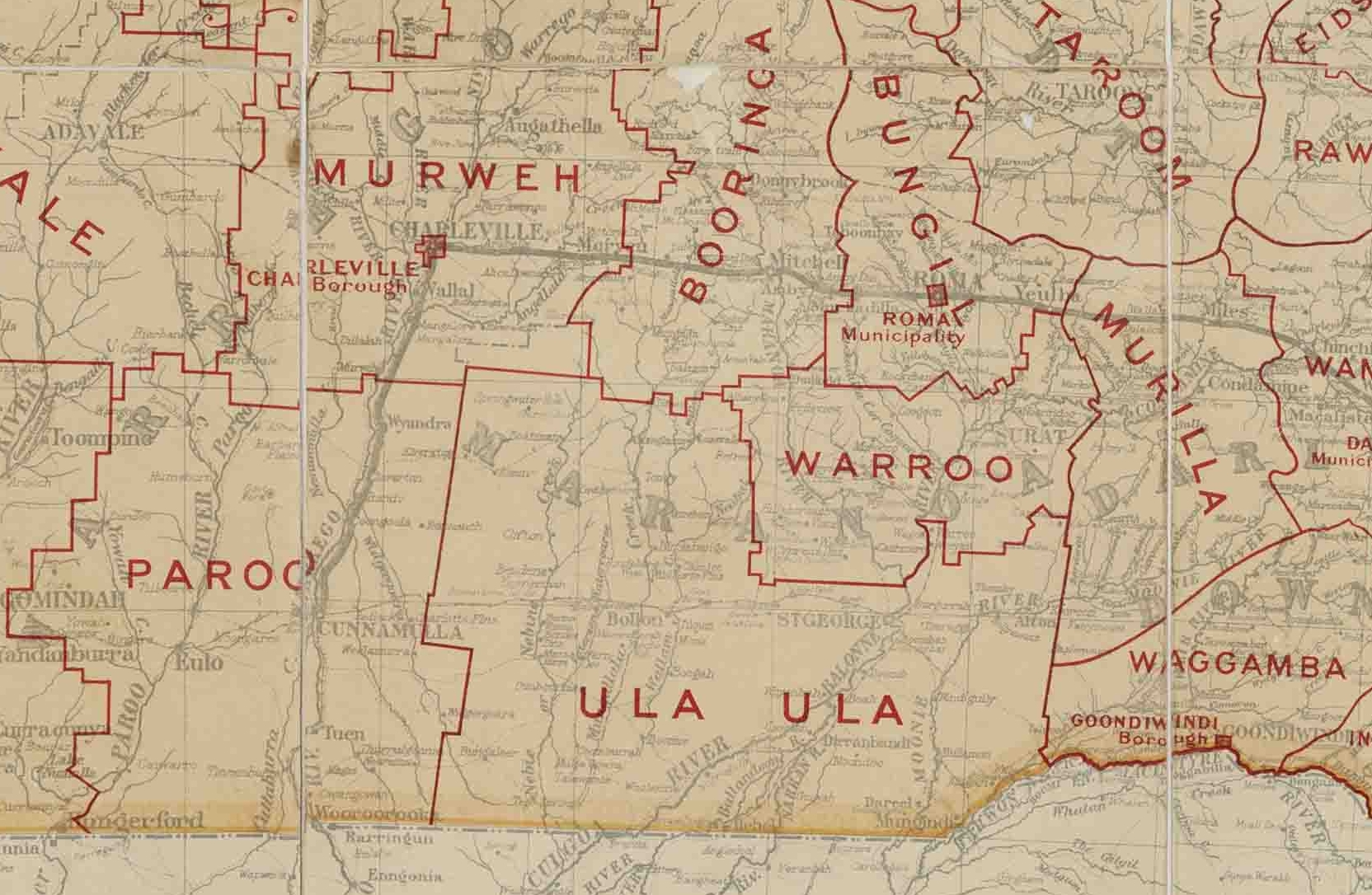|
Walgett, New South Wales
Walgett is a town in northern New South Wales, Australia, and the seat of Walgett Shire. It is near the junctions of the Barwon and Namoi Rivers and the Kamilaroi and Castlereagh Highways. In 2016, Walgett had a population of 2,145. In the 2016 Census, there were 6,107 people in the Walgett Local Government Area. Of these 52.9% were male and 47.1% were female. Aboriginal and/or Torres Strait Islander people made up 29.4% of the population. Walgett takes its name from an Aboriginal word meaning 'the meeting place of two rivers'. The town was listed as one of the most socially disadvantaged areas in the State according to the 2015 Dropping Off The Edge report. History The area was inhabited by the Gamilaroi (also spelt Kamilaroi) Nation of Indigenous peoples before European settlement. Yuwaalayaay (also known as ''Yuwalyai, Euahlayi, Yuwaaliyaay, Gamilaraay, Kamilaroi, Yuwaaliyaayi'') is an Australian Aboriginal language spoken on Yuwaalayaay country. It is closely related ... [...More Info...] [...Related Items...] OR: [Wikipedia] [Google] [Baidu] |
CC-BY Icon
A Creative Commons (CC) license is one of several public copyright licenses that enable the free distribution of an otherwise copyrighted "work".A "work" is any creative material made by a person. A painting, a graphic, a book, a song/lyrics to a song, or a photograph of almost anything are all examples of "works". A CC license is used when an author wants to give other people the right to share, use, and build upon a work that the author has created. CC provides an author flexibility (for example, they might choose to allow only non-commercial uses of a given work) and protects the people who use or redistribute an author's work from concerns of copyright infringement as long as they abide by the conditions that are specified in the license by which the author distributes the work. There are several types of Creative Commons licenses. Each license differs by several combinations that condition the terms of distribution. They were initially released on December 16, 2002, by ... [...More Info...] [...Related Items...] OR: [Wikipedia] [Google] [Baidu] |
Indigenous Australian
Indigenous Australians or Australian First Nations are people with familial heritage from, and membership in, the ethnic groups that lived in Australia before British colonisation. They consist of two distinct groups: the Aboriginal peoples of the Australian mainland and Tasmania, and the Torres Strait Islander peoples from the seas between Queensland and Papua New Guinea. The term Aboriginal and Torres Strait Islander peoples or the person's specific cultural group, is often preferred, though the terms First Nations of Australia, First Peoples of Australia and First Australians are also increasingly common; 812,728 people self-identified as being of Aboriginal and/or Torres Strait Islander origin in the 2021 Australian Census, representing 3.2% of the total population of Australia. Of these indigenous Australians, 91.4% identified as Aboriginal; 4.2% identified as Torres Strait Islander; while 4.4% identified with both groups. [...More Info...] [...Related Items...] OR: [Wikipedia] [Google] [Baidu] |
Frederick Wolseley
Frederick York Wolseley (16 March 1837 – 8 January 1899) was an Irish-born New South Wales inventor and woolgrower who invented and developed the first commercially successful sheep shearing machinery after extensive experimentation. It revolutionised the wool industry. The former Murray Shire Council erected a monument to him where he lived at the time, referring to his invention: "It has become part of the rich history of the wool industry and is now perpetuated in poem and song." Family Born in Kingstown (now Dún Laoghaire) in County Dublin Ireland, Frederick was the third son of the seven surviving children of Major Garnet Joseph Wolseley (1780–1840) of The King's Own Scottish Borderers (25th Foot) and of the family of Mount Wolseley, co. Carlow, and Frances Anne (1801–1883) daughter of William Smith of Dublin. His eldest brother became Field Marshal Wolseley and a hero of the Victorian era, another brother became General Sir George Wolseley.Joseph Jackson Howard, ... [...More Info...] [...Related Items...] OR: [Wikipedia] [Google] [Baidu] |
Paddle Steamers
A paddle steamer is a steamship or steamboat powered by a steam engine that drives paddle wheels to propel the craft through the water. In antiquity, paddle wheelers followed the development of poles, oars and sails, where the first uses were wheelers driven by animals or humans. In the early 19th century, paddle wheels were the predominant way of propulsion for steam-powered boats. In the late 19th century, paddle propulsion was largely superseded by the propeller, screw propeller and other marine propulsion systems that have a higher efficiency, especially in rough or open water. Paddle wheels continue to be used by small, pedal-powered paddle boats and by some ships that operate tourist voyages. The latter are often powered by diesel engines. Paddle wheels The paddle wheel is a large steel framework wheel. The outer edge of the wheel is fitted with numerous, regularly spaced paddle blades (called floats or buckets). The bottom quarter or so of the wheel travels under wat ... [...More Info...] [...Related Items...] OR: [Wikipedia] [Google] [Baidu] |
Narran Lakes
The Narran Wetlands, also known as the Narran Lakes, contained within the Narran Lake Nature Reserve, comprise a series of protected ephemeral lakes and swamps fed by the Narran River in the north-west of New South Wales, Australia. The reserve is located approximately east of . An area contained within the reserve is protected under the Ramsar Convention as a wetland of international importance. It is internationally important because of its rarity and naturalness; its significance for waterbirds, supporting large colonial waterbird breeding events of ibis, spoonbills and cormorants; and its importance as a drought refuge for waterbirds. The vegetation and the waterbird colonies are at risk from reduced flooding caused by upstream water abstraction for agriculture in Queensland. Description The wetland complex formed by the Narran floodplain is the terminal system of the Narran River, the easternmost distributary of the Balonne River, and lies between the towns of Brewa ... [...More Info...] [...Related Items...] OR: [Wikipedia] [Google] [Baidu] |
Goodooga, New South Wales
Goodooga is a town in the Australian state of New South Wales in Brewarrina Shire on the eastern bank of the Bokhara River. It is near Brewarrina and Lightning Ridge, its closest neighbour. The town lies south of the Queensland border, and the border town of Hebel. The shire council has also built the 'Great Artesian Baths' on the northside of town, heated water pool from the Great Artesian Basin. The Goodooga airstrip is west-north-west of the town (). History Yuwaalayaay (also known as ''Yuwalyai, Euahlayi, Yuwaaliyaay, Gamilaraay, Kamilaroi, Yuwaaliyaayi'') is an Australian Aboriginal language spoken on Yuwaalayaay country. It is closely related to the Gamilaraay and Yuwaalaraay languages. The Yuwaalayaay language region includes the landscape within the local government boundaries of the Shire of Balonne, including the town of Dirranbandi as well as the border town of Goodooga extending to Walgett and the Narran Lakes in New South Wales.' Goodooga is an Aborigin ... [...More Info...] [...Related Items...] OR: [Wikipedia] [Google] [Baidu] |
Dirranbandi, Queensland
Dirranbandi is a rural town and locality in the Shire of Balonne, Queensland, Australia. The locality is on the border of Queensland with New South Wales. In the , Dirranbandi had a population of 640 people. Geography Dirranbandi is on the Castlereagh Highway and the Balonne River. It is notable for the population variations each year as seasonal workers come to work on the extensive cotton fields. Due to the low annual rainfall, irrigation is used extensively. Cubbie Station, the largest cotton producing property in the southern hemisphere, is close to Dirranbandi. History Gamilaraay (also known as Gamilaroi, Kamilaroi, Comilroy) is a language from South-West Queensland and North-West New South Wales. The Gamilaraay language region includes the landscape within the local government boundaries of the Balonne Shire Council, including the towns of Dirranbandi, Thallon, Talwood and Bungunya as well as the border towns of Mungindi and Boomi extending to Moree, Tamworth and ... [...More Info...] [...Related Items...] OR: [Wikipedia] [Google] [Baidu] |
Shire Of Balonne
The Shire of Balonne is a local government area in South West Queensland, Australia, over from the state capital, Brisbane. It covers an area of , and has existed as a local government entity since 1879. It is headquartered in its main town, St George. History Kamilaroi (also known as Gamilaroi, Gamilaraay, Comilroy) is an Australian Aboriginal language of South-West Queensland. It is closely related to Yuwaalaraay and Yuwaalayaay. The Kamilaroi language region includes the local government area of the Shire of Balonne, including the towns of Dirranbandi, Thallon, Talwood and Bungunya as well as the border towns of Mungindi and Boomi extending to Moree, Tamworth and Coonabarabran in New South Wales. Yuwaalaraay (also known as ''Yuwalyai, Euahlayi, Yuwaaliyaay, Gamilaraay, Kamilaroi, Yuwaaliyaayi'') is an Australian Aboriginal language spoken on Yuwaalaraay country. The Yuwaalaraay language region includes the landscape within the local government boundaries of the Shire ... [...More Info...] [...Related Items...] OR: [Wikipedia] [Google] [Baidu] |
Yuwaalaraay-Gamilaraay
The Gamilaraay or Kamilaroi language is a Pama–Nyungan language of the Wiradhuric subgroup found mostly in south-eastern Australia. It is the traditional language of the Gamilaraay (Kamilaroi), an Aboriginal Australian people. It has been noted as endangered, but the number of speakers grew from 87 in the 2011 Australian Census to 105 in the 2016 Australian Census. Thousands of Australians identify as Gamilaraay, and the language is taught in some schools. Wirray Wirray, Guyinbaraay, Yuwaalayaay, Waalaraay and Gawambaraay are dialects; Yuwaalaraay/Euahlayi is a closely related language. Name The name Gamilaraay means '-having', with being the word for 'no'. Other dialects and languages are similarly named after their respective words for 'no'. (Compare the division between ''langues d'oïl'' and ''langues d'oc'' in France, distinguished by their respective words for 'yes'.) Spellings of the name, pronounced in the language itself, include Goomeroi; Kamilaroi; Gamilaraa ... [...More Info...] [...Related Items...] OR: [Wikipedia] [Google] [Baidu] |
Gamilaraay Language
The Gamilaraay or Kamilaroi language is a Pama–Nyungan languages, Pama–Nyungan language of the Wiradhuric languages, Wiradhuric subgroup found mostly in south-eastern Australia. It is the traditional language of the Gamilaraay, Gamilaraay (Kamilaroi), an Aboriginal Australian people. It has been noted as endangered, but the number of speakers grew from 87 in the 2011 Australian Census to 105 in the 2016 Australian Census. Thousands of Australians identify as Gamilaraay, and the language is taught in some schools. Wirray Wirray, Guyinbaraay, Yuwaalayaay, Waalaraay and Gawambaraay are dialects; Yuwaalaraay/Euahlayi is a closely related language. Name The name Gamilaraay means '-having', with being the word for 'no'. Other dialects and languages are similarly named after their respective words for 'no'. (Compare the division between ''langues d'oïl'' and ''langues d'oc'' in France, distinguished by their respective words for 'yes'.) Spellings of the name, pronounced in the ... [...More Info...] [...Related Items...] OR: [Wikipedia] [Google] [Baidu] |
Australian Aboriginal Languages
The Indigenous languages of Australia number in the hundreds, the precise number being quite uncertain, although there is a range of estimates from a minimum of around 250 (using the technical definition of 'language' as non-mutually intelligible varieties) up to possibly 363. The Indigenous languages of Australia comprise numerous language families and isolates, perhaps as many as 13, spoken by the Indigenous peoples of mainland Australia and a few nearby islands. The relationships between the language families are not clear at present although there are proposals to link some into larger groupings. Despite this uncertainty, the Indigenous Australian languages are collectively covered by the technical term "Australian languages", or the "Australian family". The term can include both Tasmanian languages and the Western Torres Strait language, but the genetic relationship to the mainland Australian languages of the former is unknown, while the latter is Pama–Nyungan, thoug ... [...More Info...] [...Related Items...] OR: [Wikipedia] [Google] [Baidu] |







